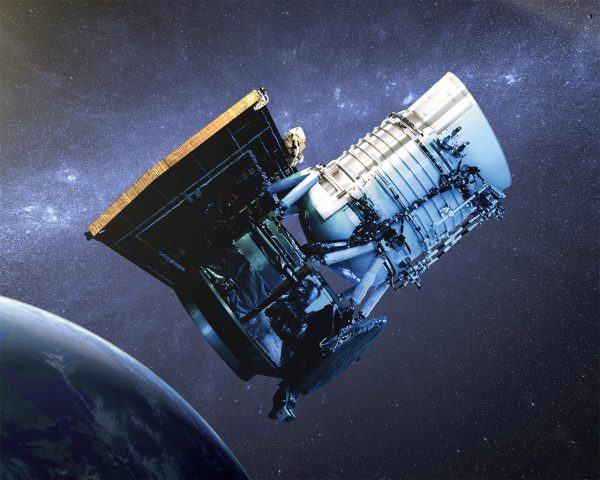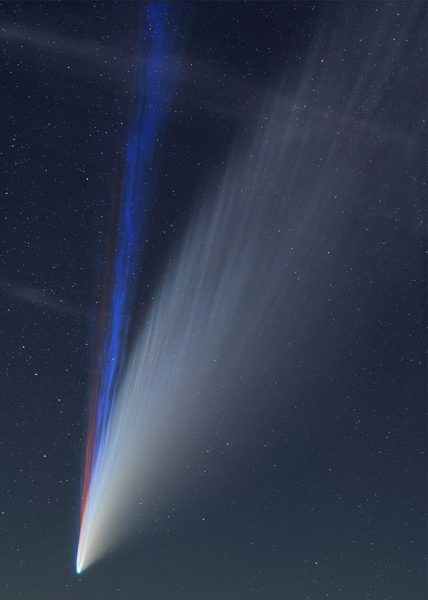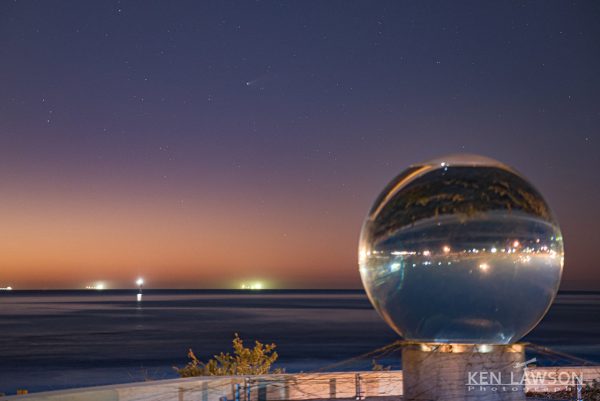Galactic Icy Snowball Visits Earth

NEOWISE’s name was everywhere earlier this year. Did you know the comet takes its name from the telescope that discovered it?
Without getting into too much technical telescope history type stuff, NASA’s Wide-field Infrared Survey Explorer (WISE) space telescope was active from December 2009 to February 2011.
In 2013, like an ageing action movie star, it was brought out of retirement, given a new name (NEOWISE) and an important new mission: assisting NASA with identifying and defining near-Earth objects (putting the NEO in NEOWISE).

But enough about the telescope. More about the comet. Comet NEOWISE’s full name is “comet C/2020 F3 NEOWISE”. No wonder it’s nicknamed NEOWISE, if you spot it and try to say “Look! There’s comet C/2020 F3 NEOWISE!” by the time you finish its name the comet will be gone. Spotted by the action-hero space telescope on the 27th of March, Comet NEOWISE is 5 km across and travelling through the solar system at around 231,000 km/h. The rocky snowball started warming up, heading towards the sun, ejecting dust, ice and gas, and showing up on infrared cameras.
Luckily, the nearest this Near-Earth Object gets is a safe distance of around 103 million km away from Earth. NASA’s Planetary Defence Coordination Office reassured anyone worried there was “no possibility of [NEOWISE] impacting the Earth.” It’s lucky because there’s very little we could have done if it was on a collision course – but the risk to Earth from NEOs is another conversation for a later newsletter. Instead, comet NEOWISE happily and safely continued its journey. In June, it began brightening as it approached its closest point to the Sun and continued getting brighter up until the 22nd July when it was nearest to Earth.

In the Northern Hemisphere, the comet was visible to the naked eye for almost a week in the evening sky – making it a rarity for comets. In the Southern Hemisphere, the position of the comet and the tilt of the Earth meant we mostly missed seeing it in person — and cloudy skies ruined our view from Perth. Despite this, you can still find some amazing photos online of this spectacular snowball, including some pictures taken by Ken Lawson Photography in Geraldton.
Comet NEOWISE won’t be back for another 6,800 years – so check out those photos if you want to see them.





